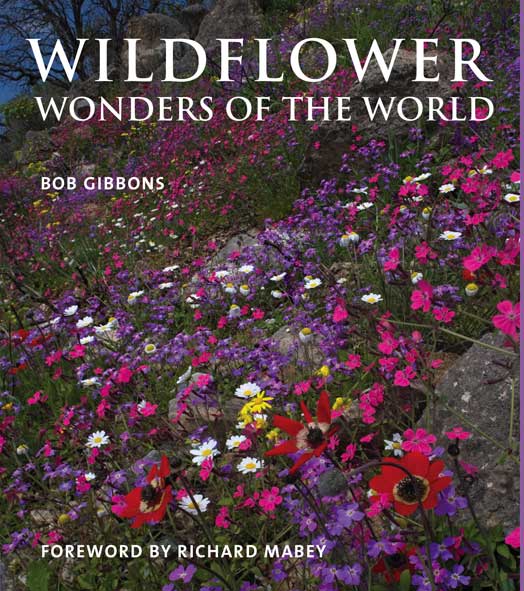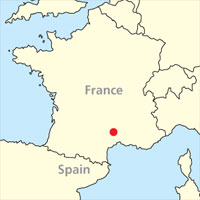The Cévennes and Causses – a wild flower wonder
Bob Gibbons is a naturalist, author and photographer. He also runs his own wildlife holidays. His most recent book is Wildflower Wonders of the World (see right) from which he has kindly let Honeyguide feature the text and photos about the Cévennes and Causses, plus some more of his photos.
There can be few things more pleasant in life than spending a few days around the limestone causses of southern France in May or early June. The scenery is spectacular, flowers burst forth from every angle, there are butterflies everywhere – and of course, the food and wine are wonderful.
Around the busy town of Millau, on the river Tarn, there is a huge Jurassic limestone plateau, over a thousand metres thick, deeply cut into dramatic gorges wherever a major river flows through it. This is wonderfully unspoilt countryside, too harsh for much intensive farming, yet mellow enough to support an astonishing diversity of plants and animals. The plateaux between the gorges lie at around 1000m, so the winters are cold and hard, yet the summers are almost Mediterranean in their intensity, dry and hot. These high open grassy plateaux are known locally as causses, and each block, subdivided by the gorges, has an evocative name such as Causse Mèjean, or Causse Noir.
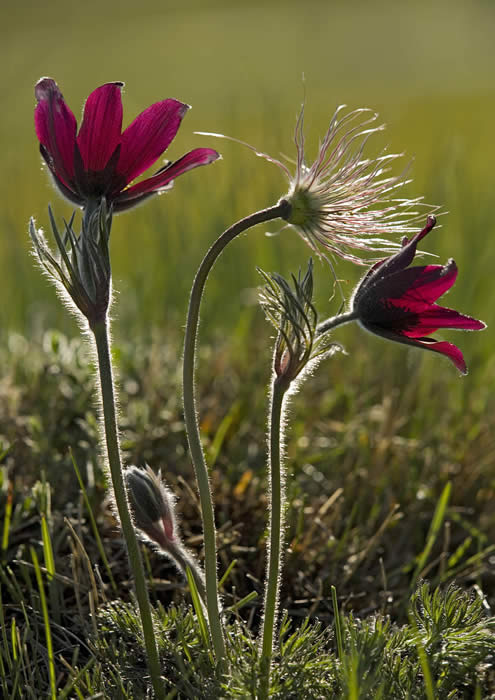
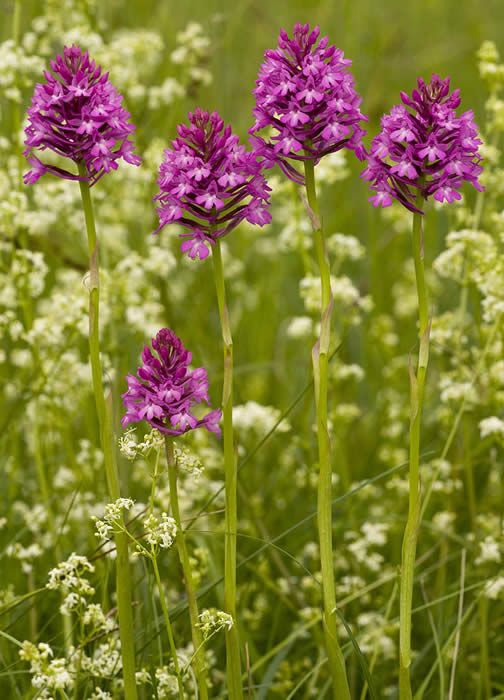
All the causses are lovely, each with a different character, but let’s take one in particular to give a flavour of the area. Start at the lovely little twin village of Le Rozier-Peyreleau, where the gorges of the Tarn and the Jonte meet, and climb southwards out of the gorges on the impressive D29 (or up one of the many steep footpaths if you prefer). The north-facing slopes of the gorges are usually heavily wooded, in contrast to the more open and inhabited south-facing slopes, and you’ll pass through patches of pine and oak woodland. Every so often, there is a grassy clearing, full of flowers and alive with butterflies.
Blue Bugle seems to be more successful here than anywhere else in its range, forming huge bright blue patches almost as far as the eye can see; White, Common and Hoary Rock-roses are all wonderfully abundant, interspersed with lovely blue or pink patches of Chalk or Common Milkworts, pale blue Aphyllanthes, looking almost like a flax though actually in the lily family, lovely pink cushions of Rock Soapwort wherever the soil is a little drier, or masses of blue Viper’s Bugloss where there has been some disturbance.
And then the orchids, in startling and varied abundance. Stately pink Military and Lady Orchids in unbelievable numbers, dark spikes of Early Purple and Green-winged orchids, pretty little Burnt Orchids, Common Spotted Orchids in various colour forms, and many more. Enigmatic fly orchids, hard to spot but fascinatingly beautiful in close-up, are common, often growing with Bee Orchids, the endemic Aymonin’s Orchid or the Small Spider Orchid – all members of the genus Ophrys, which have evolved to attract male bee and wasp pollinators who believe that the flowers are the females they are seeking. Clumps of pink Mountain Kidney Vetch, sprawling masses of a golden drop, Pink Flax and many other lovely flowers can be seen on rocky limestone outcrops.
In the dappled shade of pines or oaks, there is a different selection of flowers. The tall elegant white spikes of Sword-leaved Helleborine jostle with remarkable quantities of the curious brown-flowered saprophytic Bird’s Nest Orchids, as well as fragrant masses of Lily-of-the-Valley, Solomon’s Seal, deep blue columbines, Bastard Balm (often in its deep pink form) amongst bushes of Snowy Mespil and Box. Deeper into the shade, there are blue hepaticas, delicate little One-flowered Wintergreens and masses of the strange Yellow Bird’s Nest. When you reach the plateau, the mixture is similar, but the patches of grassland are huge, stretching away into the distance, without hedges or fences. One part may have masses of blue-purple Pasque Flowers, another may have dwarf irises, while a third may be yellow with big clumps of Yellow Pheasant’s Eye.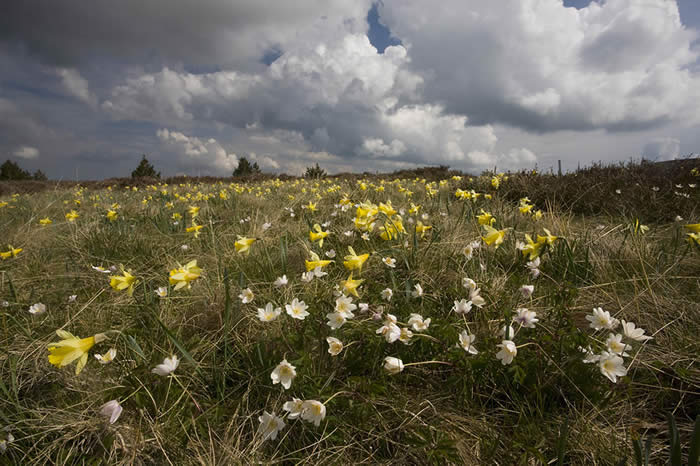
Just to the east of the causses, the more acid hills of the Cévennes begin, providing a quite different experience. Although not so flowery, there are some wonderful sights such as the fields of Wild Daffodils and Pheasant’s Eye Narcissus (and hybrids between the two), wild tulips in their reddish southern form, drifts of white Wood Anemones, Coral-root Bittercress and the related Five-leaved Bittercress, May-lilies and many more, often under lovely ancient pollarded Beech trees.
Our main Cévennes web page . . . . . . November 2011 . . . . . . Nature notes


